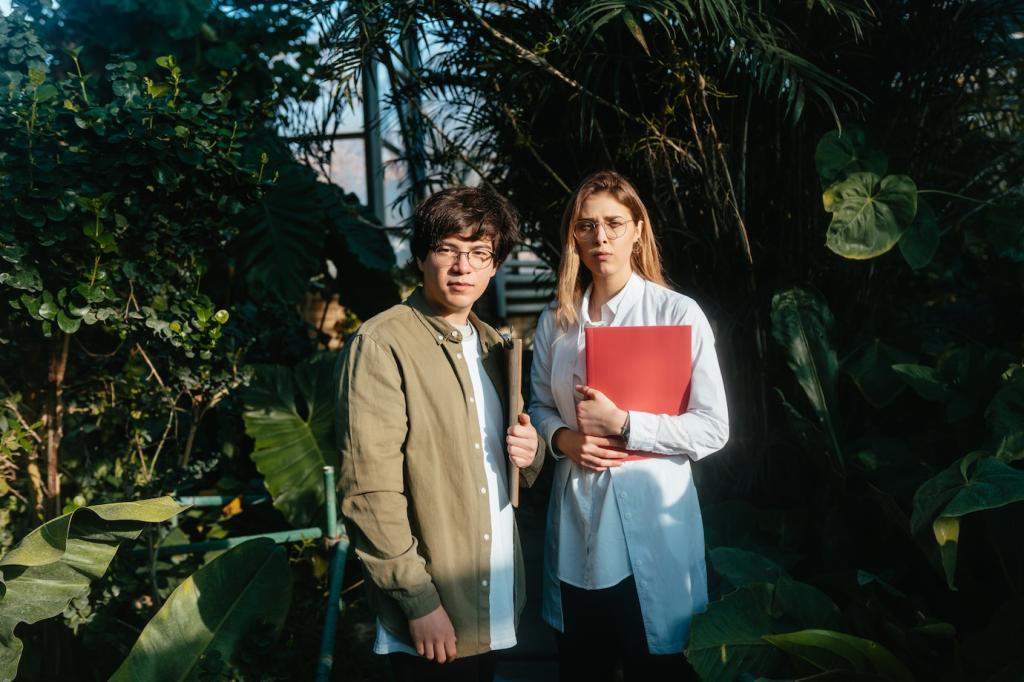Interactive Engagement: Turning Readers into Co‑Researchers
Carbon and daylight calculators let readers test design choices against their own contexts, seeing tradeoffs instantly. We collect anonymized scenarios to spot patterns and publish follow‑ups shaped by your collective experiments.
Interactive Engagement: Turning Readers into Co‑Researchers
Downloadable templates explain how to photograph details, log sensor data, and interview occupants ethically. Send us your findings; we’ll feature standout stories and mentor newcomers who want to learn the craft.
Interactive Engagement: Turning Readers into Co‑Researchers
Subscribe for annotated tool lists, dataset drops, and behind‑the‑scenes notes on upcoming investigations. Comment with tools you trust or myths you want tested, and we’ll build future pieces around your questions.




